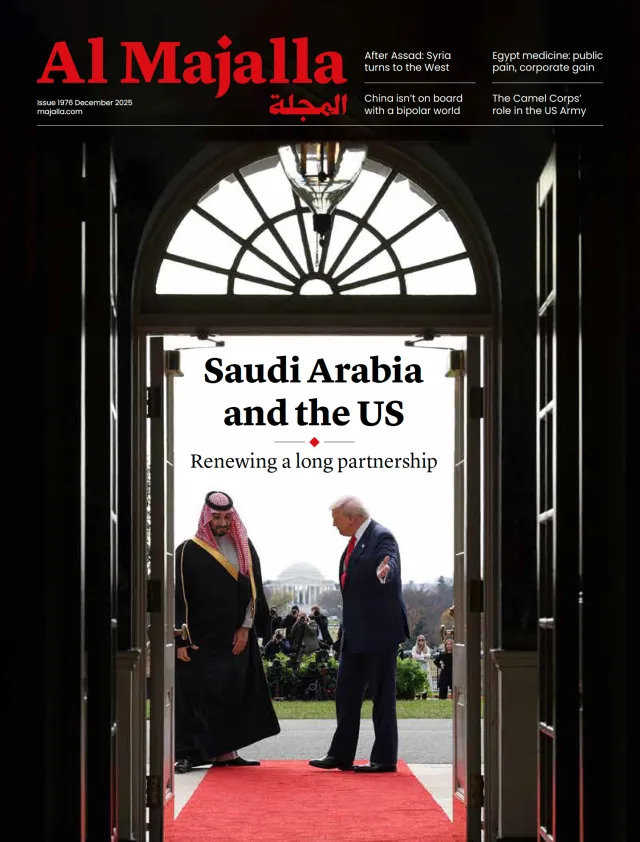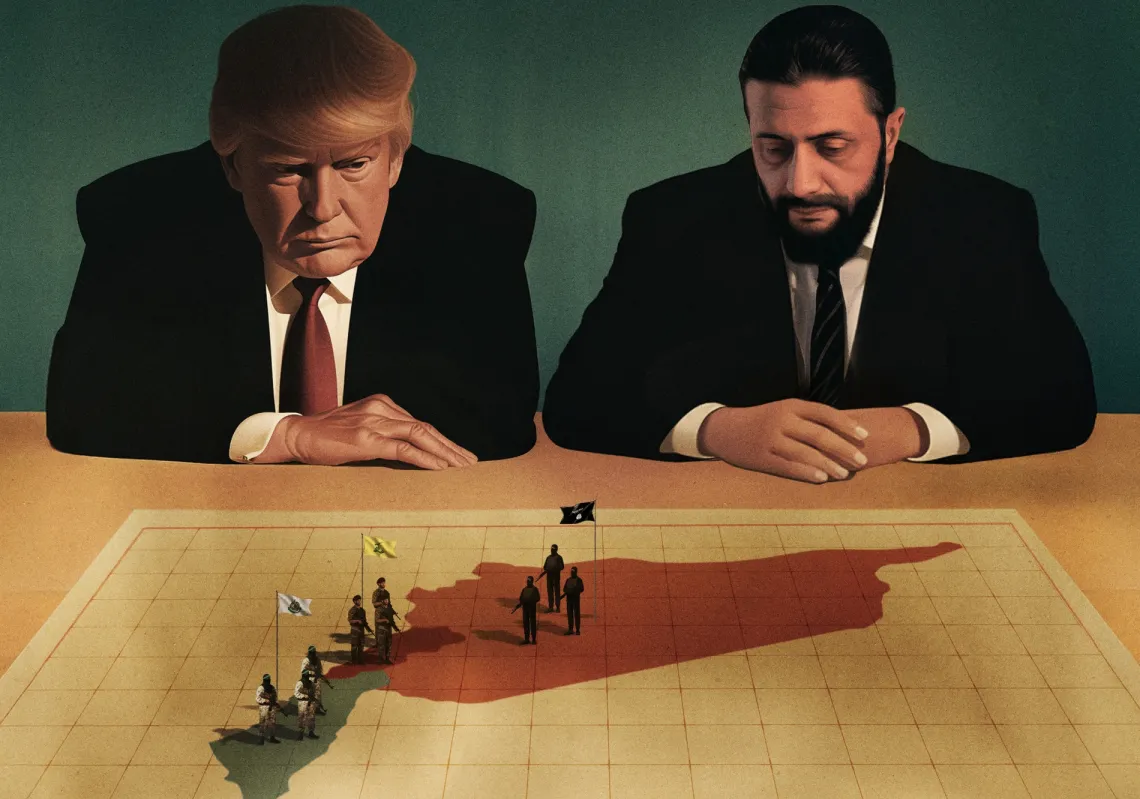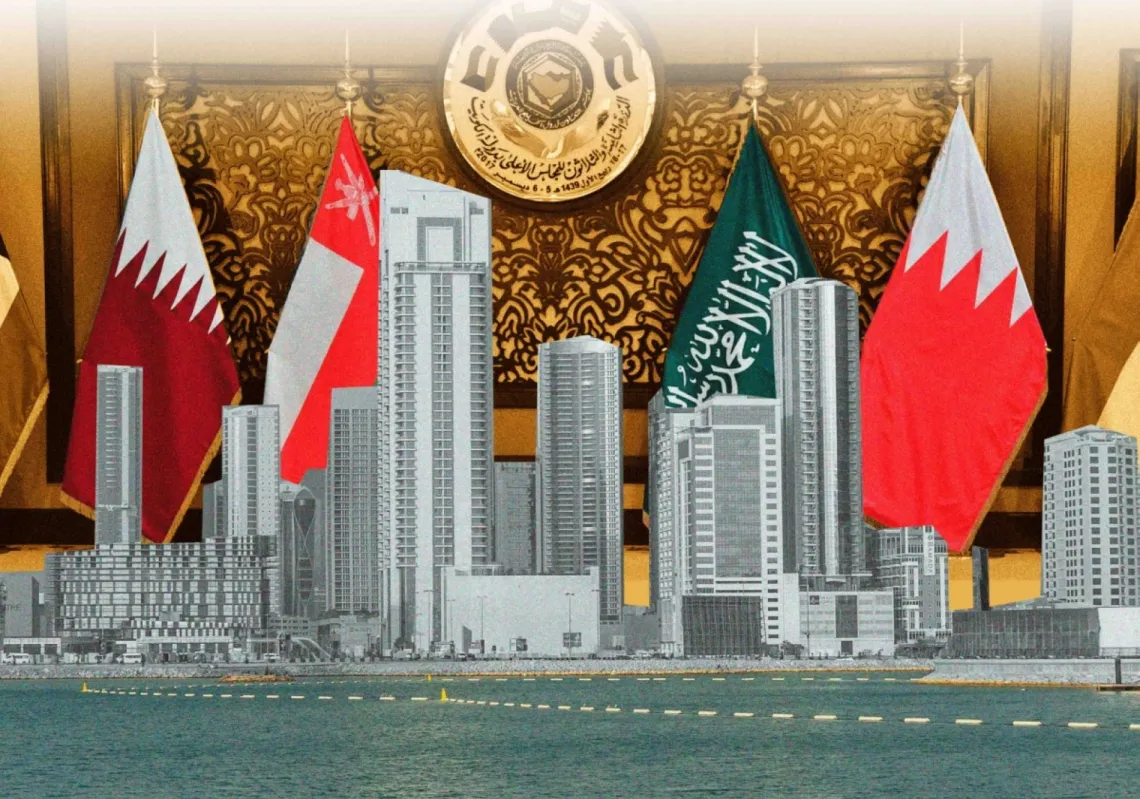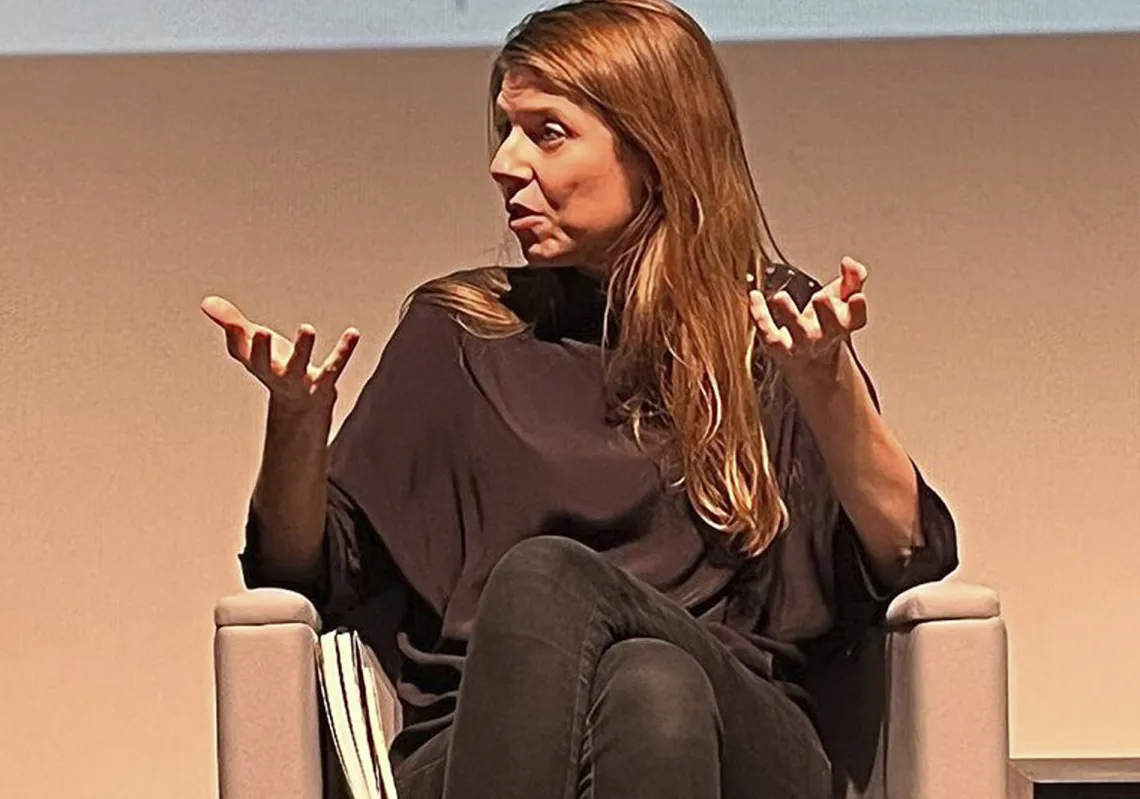The third anniversary of Russia’s invasion of Ukraine comes at a moment of heightened anxiety for European leaders. Donald Trump’s decision to initiate direct talks in Saudi Arabia with Russia, without either European or Ukrainian representation, is a major concession to Russian President Vladimir Putin and a slap in the face to both Brussels and Kyiv.
Trump’s evident hostility to Ukrainian President Volodymyr Zelenskyy and his determination to press on with the peace deal he promised during his election campaign could come with serious costs to both Ukraine and long-term European Security. But as European leaders scramble to navigate the new realities being created by Trump, they face some familiar challenges—namely, how to forge a united front despite their inherent fragility.
New realities
The new Trump administration delivered a series of shocks to Europe in February. First, the new defence secretary, Pete Hegseth, announced that the US would no longer be the “primary guarantor of security in Europe." Days later, Vice President JD Vance told the Munich Security Conference that the “enemy within” was a greater threat to Europe than either Russia or China. He then effectively endorsed the far-right Alternative for Germany (AFD) by meeting its leader on the eve of Germany’s election while snubbing the current chancellor, Olaf Scholz.
Two days later, Trump broke with the Biden-era policy of isolating Russia by engaging Putin in a long phone call, while on 18 February, US officials, led by Secretary of State Marco Rubio, met a Russian delegation in Riyadh to discuss Ukraine. Not only were Ukraine and European powers excluded from these preliminary talks, but in their aftermath, Trump appeared to blame Kyiv—not Moscow—for the war while proposing Ukrainian presidential elections that might see Zelenskyy lose—something Putin has long craved. Days later, he labelled Zelenskyy “a dictator.”

Read more: Trump breaks the ice with Russia, leaving Europe in the cold
Combined, these developments point to a dramatic shift in US-European relations. On Ukraine, Trump has upturned two key pillars of NATO strategy since 2022: that Russia should be excluded and that Kyiv should be involved in any decisions about Ukraine’s future. Moreover, in attacking Zelenskyy and calling for elections, he risks further undermining Kyiv’s position.
The meeting in Riyadh raised the serious possibility that Washington might cut a deal over Ukraine’s head, presenting an unfavourable outcome to Kyiv that it must accept or risk losing US military support. Trump’s interest in gaining access to $500bn of Ukraine’s critical minerals in payment for aid already supplied only reinforced the idea that the days of Washington’s deep commitment to Ukraine’s defence are over.
Most European governments, in contrast, continue to see Ukraine as the first line against an expansionist Russia. Should Putin succeed via negotiation with Trump to retain large swathes of Ukrainian territory, restrict the prospects of Kyiv ever joining NATO or the EU, and bring its neighbour back into Russia’s sphere of influence, many fear Moscow will be emboldened to try something similar in the Baltic or eastern Europe.
They favour a peace deal, but only one that Ukraine agrees to and doesn’t open Europe’s door to Putin. This is why Hegseth and Vance’s comments raise concerns. Despite their commitment to Ukraine, European powers lack the military capacity and weaponry to easily replace the US were it to pull support and the fighting to continue. It must also be questioned whether a European military presence, were it deployed without American support, would be sufficient to deter Russia from future aggression.














